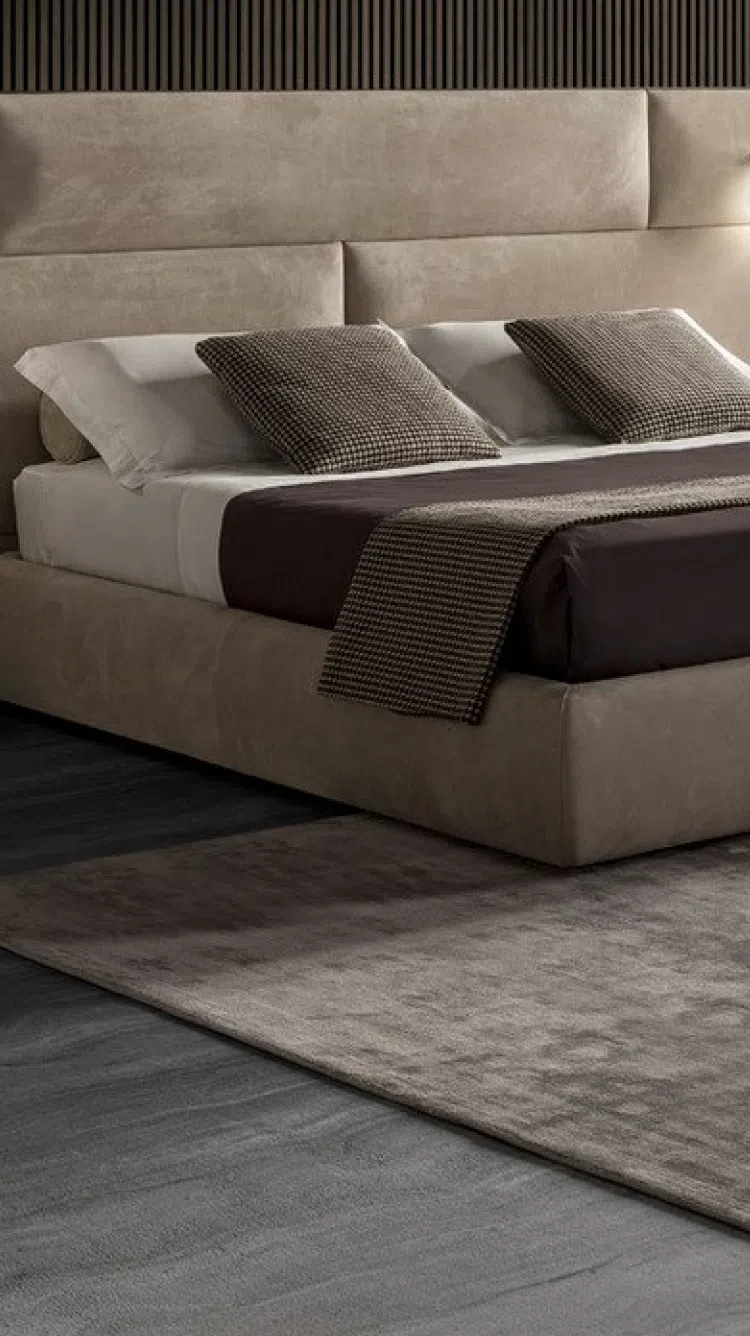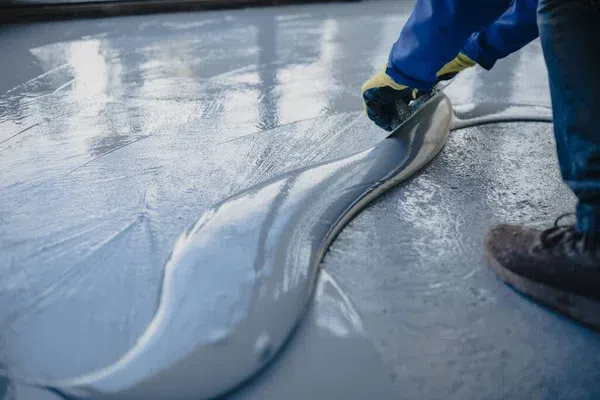Epoxy is a thermosetting polymer formed from the reaction of an epoxide "resin" with a polyamine "hardener". Epoxy has excellent adhesive properties, a high degree of chemical resistance, and the ability to form a strong and durable bond. These properties make it a unique material for use in furniture design and production.
Characteristics of Epoxy as a Furniture Material:
Durability: Epoxy creates a hard, protective coating that is highly resistant to wear and tear, making it suitable for heavy use surfaces like countertops and tables. It's also resistant to moisture, which can help prevent the usual swelling or warping associated with wooden furniture when exposed to humidity.
Versatility: In furniture-making, epoxy can be used as a clear coat, a solid-colored finish, or it can be combined with dyes, pigments, and even metallic powders to create a variety of visual effects.
Aesthetics: One of the unique aesthetic features of epoxy in furniture is its ability to encapsulate objects, such as natural wood edges, pebbles, shells, or leaves, creating a visually striking piece of furniture. The clarity of the epoxy can give a depth to surfaces that can't be achieved with other materials.
Workability: While fluid, epoxy can be poured into molds or over surfaces, hence it's popular for 'river tables' where it fills the gaps in slabs of wood, giving the appearance of a flowing river. Once cured, epoxy is hard and can be cut, carved, sanded, and polished to a high gloss finish.
Seamlessness: Epoxy can create seamless surfaces that are beneficial for hygiene and ease of cleaning. This is especially valued in settings where cleanliness is paramount, such as kitchens and medical facilities.
Thermal and Electrical Resistance: Epoxy is an effective insulator and is resistant to heat and electricity. This makes it suitable for applications where thermal and electrical resistance is important.
Considerations When Using Epoxy in Furniture:
Curing Time: Epoxy can take several hours to days to fully cure. During this time, it is sensitive to dust, insects, and other contaminants that can ruin the surface.
Toxicity: Depending on the formulation, uncured epoxy resins and hardeners may be toxic or irritant. Adequate ventilation, protective clothing, and safety measures must be used during the handling and curing process.
Cost: High-quality epoxy resins can be more expensive than other finishes, which may increase the overall cost of the furniture.
Heat Sensitivity: While epoxy is generally resistant to heat, prolonged exposure to high temperatures or direct sunlight can cause yellowing or degradation of the material over time.
Scratches and Repairs: Though epoxy is durable, it isn’t scratch-proof. Scratches can be more visible on a glossy surface but can often be sanded and polished out. Deep scratches and chips might require a more involved repair process.
Environmental Impact: One should consider the environmental impact of using epoxy. Some epoxies might release volatile organic compounds (VOCs) during curing, and the material is generally not biodegradable. However, there are newer, more eco-friendly formulations being developed.
Applications in Furniture:
- River Tables: Wood slabs with a stream of epoxy in the center.
- Clear Coats: Epoxy coatings to protect and enhance the look of the wood grain.
- Countertops and Bar Tops: Durable and water-resistant surfaces.
- Encapsulated Objects: Embedding unique items within a table or other pieces.
- Custom Molds: Designing unique shapes and sizes for stools, benches, etc.
Understanding the specific application and desired outcome is crucial when working with epoxy in furniture design. It can offer a cutting-edge, artistic appearance mixed with functionality and strength when used correctly.



